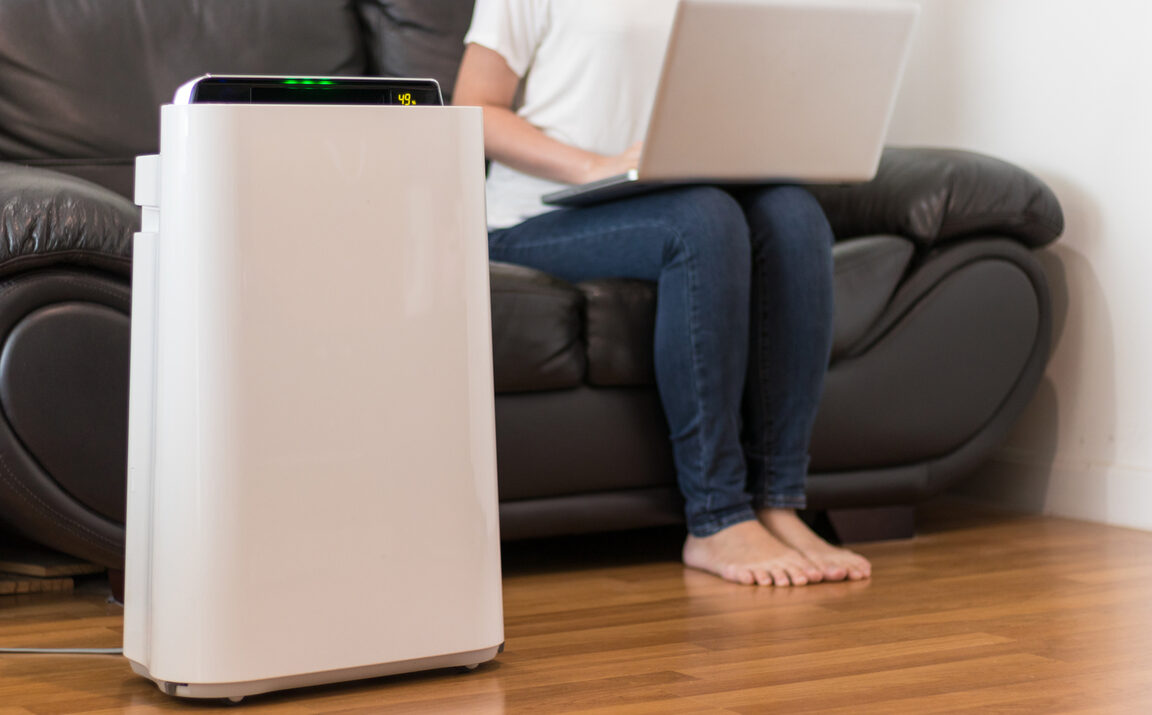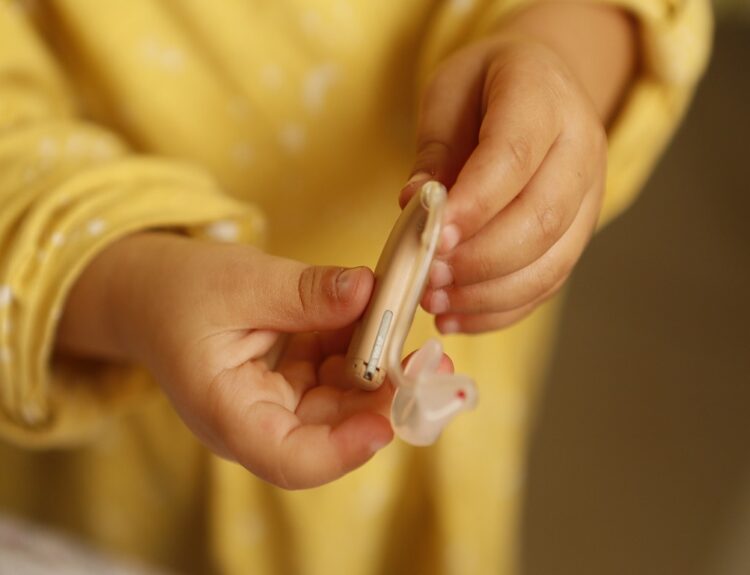For individuals living with asthma, maintaining a clean and allergen-free indoor environment is crucial to managing their condition. With the rise in indoor air pollution, many are turning to air purifiers as a potential solution. This article explores the effectiveness of air purifiers in providing asthma relief at home, shedding light on their benefits and considerations.
Understanding Asthma Triggers
Asthma symptoms are often triggered by airborne allergens such as dust mites, pet dander, pollen, mold spores, and even certain pollutants. These triggers can lead to inflammation and constriction of the airways, resulting in asthma attacks. Reducing exposure to these allergens is a fundamental aspect of asthma management.
Air Purifiers and Filtration
Air purifiers remove pollutants from the air, potentially improving indoor air quality. Most air purifiers feature filters that capture airborne particles as they pass through the device. High-efficiency particulate air (HEPA) filters, in particular, are known for their ability to trap allergens and microscopic particles.
Effectiveness in Allergen Removal
HEPA filters used in air purifiers can be highly effective in removing allergens like dust, pollen, and pet dander from the air. By reducing the concentration of these triggers indoors, air purifiers can potentially provide relief for individuals with asthma.
Consideration for Asthma Management
While air purifiers can be beneficial, they are not a standalone solution for asthma management. They should complement a comprehensive asthma action plan prescribed by a healthcare professional. This plan may include medications, lifestyle adjustments, and other strategies to prevent and manage asthma symptoms.
Size of The Room
The size of the room where the air purifier will be used matters as it’s designed to cover specific square footage. Choosing an appropriately sized unit for the room ensures efficient and effective allergen removal.
Maintenance and Filter Replacement
Regular maintenance ensures optimal functioning of an air purifier. Filters should be cleaned or replaced as per the manufacturer’s recommendations. Neglecting filter maintenance can lead to decreased effectiveness in allergen removal.
Monitoring Indoor Air Quality
Air quality monitors can be used alongside air purifiers to track the levels of indoor pollutants. These monitors can provide valuable insights into the effectiveness of the air purifier and the overall air quality in the home.
While air purifiers can play a role in asthma relief by reducing indoor allergens, they should be viewed as a supportive measure rather than a sole solution. Consulting a healthcare professional and selecting the appropriate type of air purifier based on specific needs is key to achieving the desired benefits.






